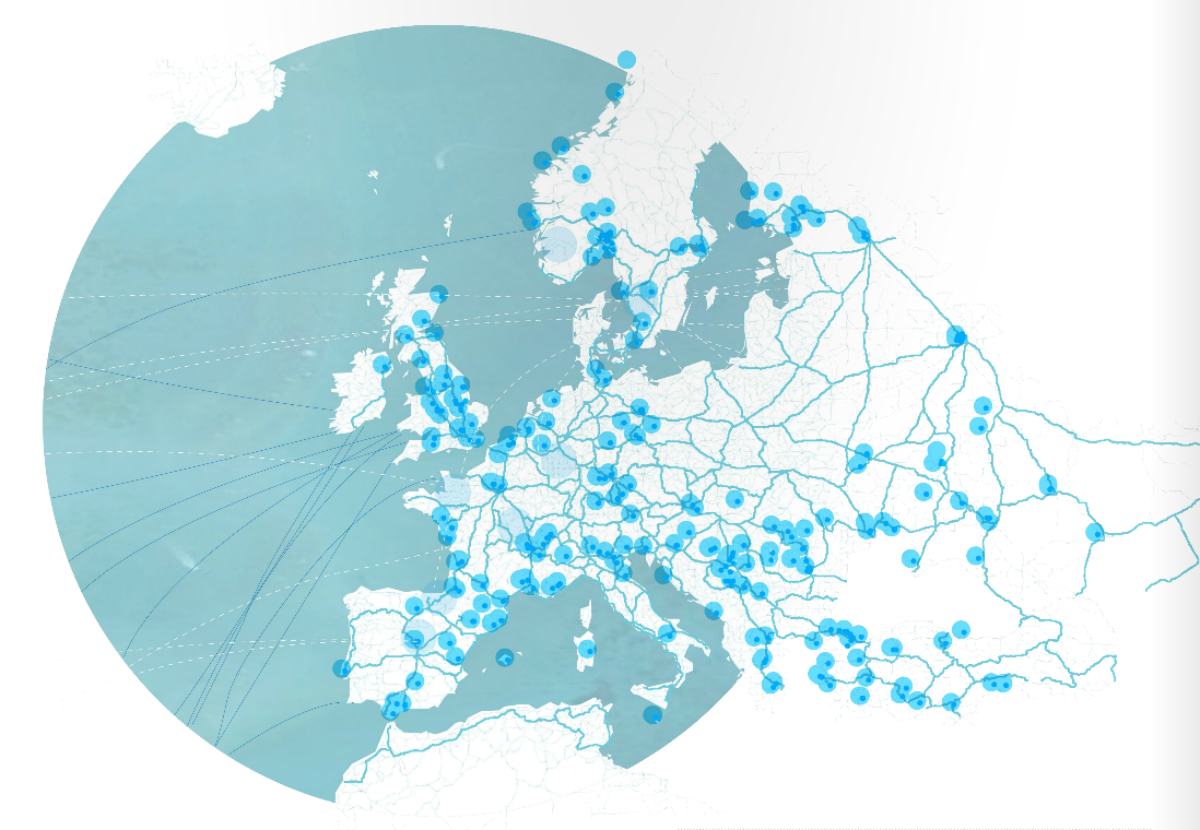The Third Climate

Movement and Transfer Points on the Cold Chain
by Kelly Murphy (MLA ’14) & Martin Pavlinic (MLA ’14)
We started with a simple question: Why are there Atlantic Salmon being farmed in Puerto Montt, Chile, far from their native habitat, and far from their final destination?
Answering that question meant identifying and peeling away at an array of other questions, surveying roads we could go down in answering them. What systems and institutions led to the industrialization of fish reproduction a hemisphere and an ocean away from the salmon’s biological home, intruding in the territories normally haunted by its Pacific cousins? What spaces, terrestrial and imaginary, does this urbanization occupy and transform? What histories, be they social, economic, or theoretical, do we engage in order to understand a seemingly improbable territorial displacement of an entire industry?
The trajectory we have taken is a somewhat nonlinear history, looking at the terrestrial and fluid geographies that allow this disjunction to happen. From there, we step back and look at the global supply chain, and look at the pressures and opportunities that took these industrialized processes from Norway to Chile (and elsewhere). However, distance means time, even in the globalized market, and so we then looked into the technology that takes time and slows it, when it comes to the shelf life In order to understand the geographies of the globalized fish trade, we look at the logistical processes and their historical roots. Though these histories take us physically away from the ocean, we realize their roots plunge right back into the sea, as it was the ice and the chilled winds off the ocean that first gave us the ability to slow time, to preserve our food. From there, this third climate, with its origins in and on the ocean, has been mechanized, populated, and dispatched over land, sea, and air, in a continuous chain, a protected stasis field of preservation that makes the modern world possible.
This collection of artifacts, projections and processes is intended to reveal the massive geographies and theoretical implications of even the most mundane processes, to register and note the ripples emanating from the net pen.
“The Third Climate” research booklet: issuu.com/oceanicturn/docs/murphy_pavlinic_booklet